Falcons are to Qatar what rugby is to South Africa – an integral part of this nation’s DNA.
With rugger and the Boks, it’s fervent support, braaivleis, beers, massive commercial opportunities and even nation building. In Qatar, these feathered fellows are kingpin to an entire culture, heritage and burgeoning recreation economy.
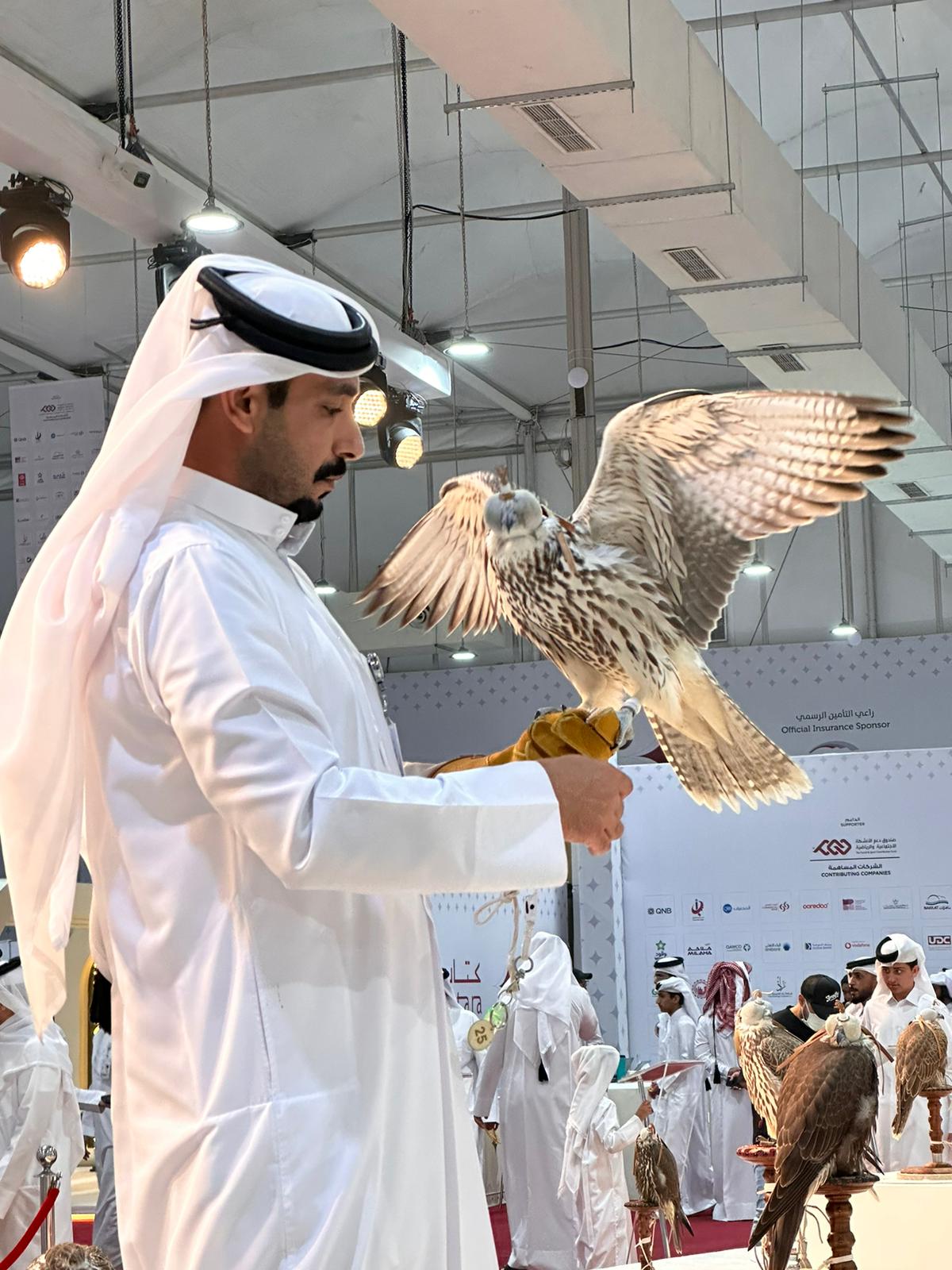
For a South African, Brit or anyone else raised outside of the Middle East, attending the annual International Hunting and Falcon Exhibition in Katara, Doha, Qatar, is like stepping into another world.
S’hail 2023 with 190 exhibitors from 19 countries showcases a lifestyle that is far removed from my own.
It’s fascinating.

Falcons rule the roost
The falcon rules the proverbial roost in Qatar with a support following of exceptional proportions.
This is the “and some” of the falconry world.
Think hunting, knives, guns, weapons, camping, walking sticks, vehicles, binoculars, gloves, pedestals, falcon accessories, four-wheel vehicles, car supplies, binoculars, caravans, art works, frozen rats, live prey, drones, hunting destinations, veterinary supplies, taxidermy, electronic monitoring devices, vision optics, safaris, online auctions, and yes, of course, the regal aerial predators themselves.
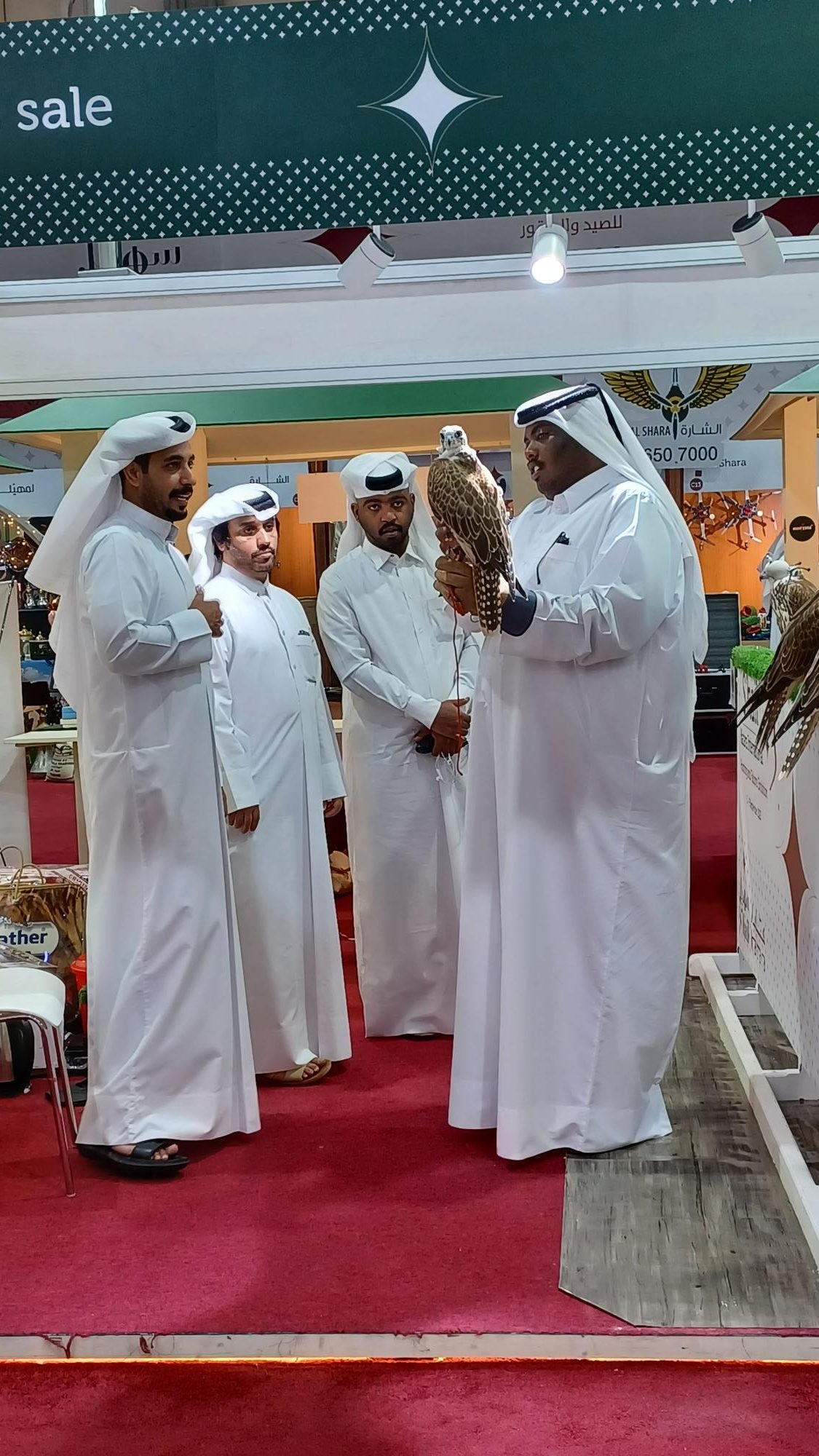
Then imagine all of this on steroids, along with hundreds and hundreds of men and boys in white thobes (long white gowns) and gutras (headdresses).
Welcome to the biggest such event of its kind in the world covering the floor space of at least ten rugby fields. (Yes, 10 rugby fields because South Africa and rugby are still my yardstick, and given that the Rugby World Cup is underway, you’ll surely understand and forgive my choice of comparison. After all, it’s from my culture and heritage and not from the present air-conditioned, all-male, bird-mad environment in which I presently find myself).
Falcons are the cultural showpiece
The exhibition, the seventh to date, is where I would take you, as a visitor from afar, because it offers a wonderful insight into the Qatari culture.
Men dominate (I only saw a handful of women) but there are many children (family is highly regarded) and much meeting and greeting (hospitality is something for which the Qatari people are renowned). Cheek kissing among the men is common.
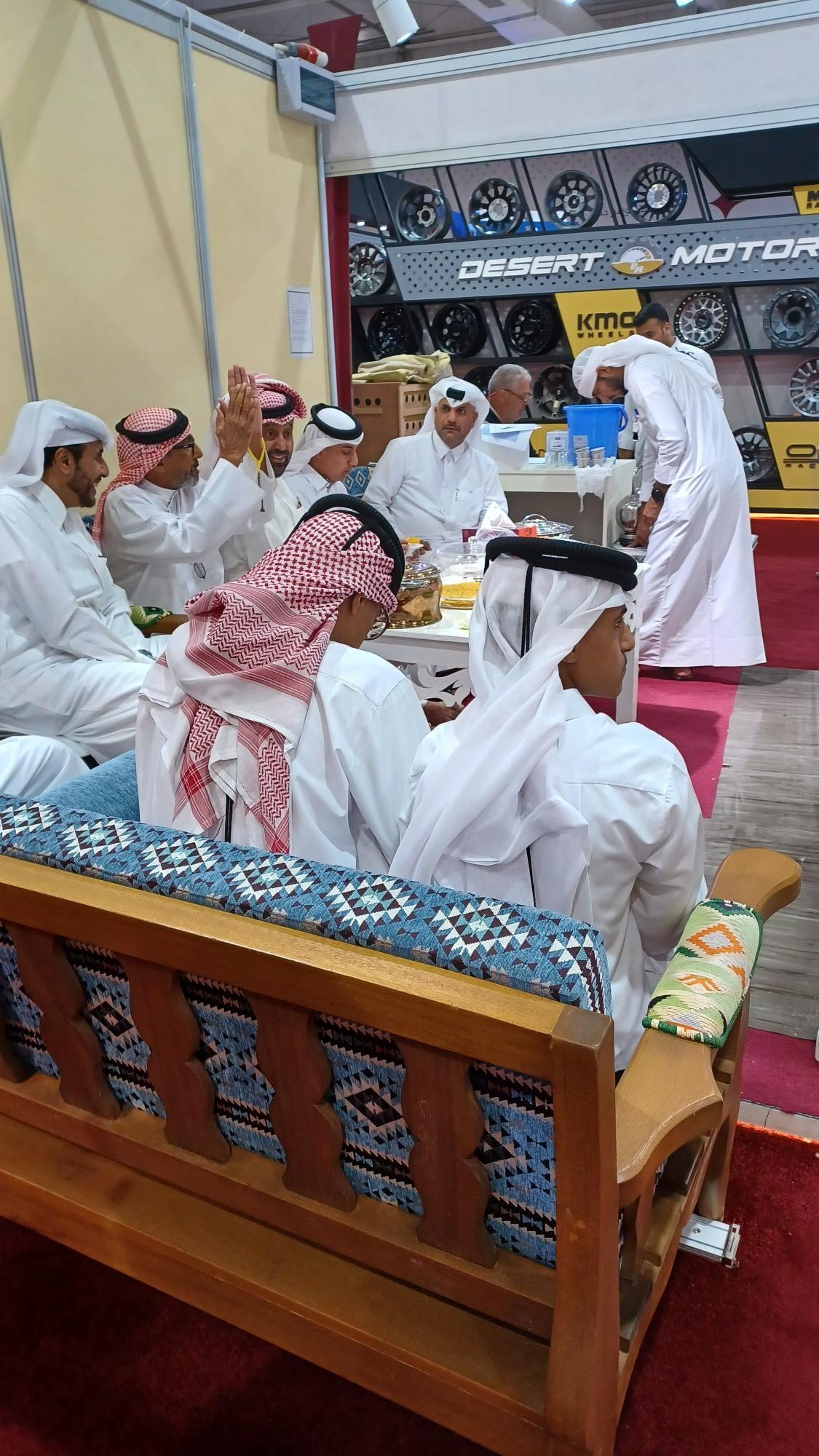
For now, you will have to make do with some pics and a few facts gleaned during our two-hour walk-about.
By the way, in case you do not know it since birds and desert life are probably not part of your day-to-day paradigm, falconry is art of training falcons to hunt for food. It’s mentioned in the Holy Quran; desert nomads used falcons to obtain fresh meat as many as 5000 years ago and historians make much of the King of Persia’s ability as a falconer.
(A trip into the desert to witness the relationship between the falconer and his falcon is on the social calendar for December.)
The falcon – Qatar’s national bird
By now, as you may have guessed, the falcon is the national bird of Qatar. They are revered as a symbol of courage and pride, and are also associated with wealth and nobility.
This is hardly surprising since keeping a healthy falcon demands money and effort, as the exhibition showed.
Falcons, especially the Peregrine and Saker varieties, are sold for anywhere between QAR300 000 and one million Qatar riyals (that’s a cool R1.5m to R5.2m).
They are migratory birds, in this case, they leave Russia and fly to Qatar, arriving in spring. According to what I learnt, some are trapped in Azerbaijan en route and sold to Qatar and other Middle Eastern countries. Some falcons are caught in Qatar, though this is not encouraged. In fact, according to Marhaba News, this year, 50 birds were released in Qatar so that they could join the return migration.
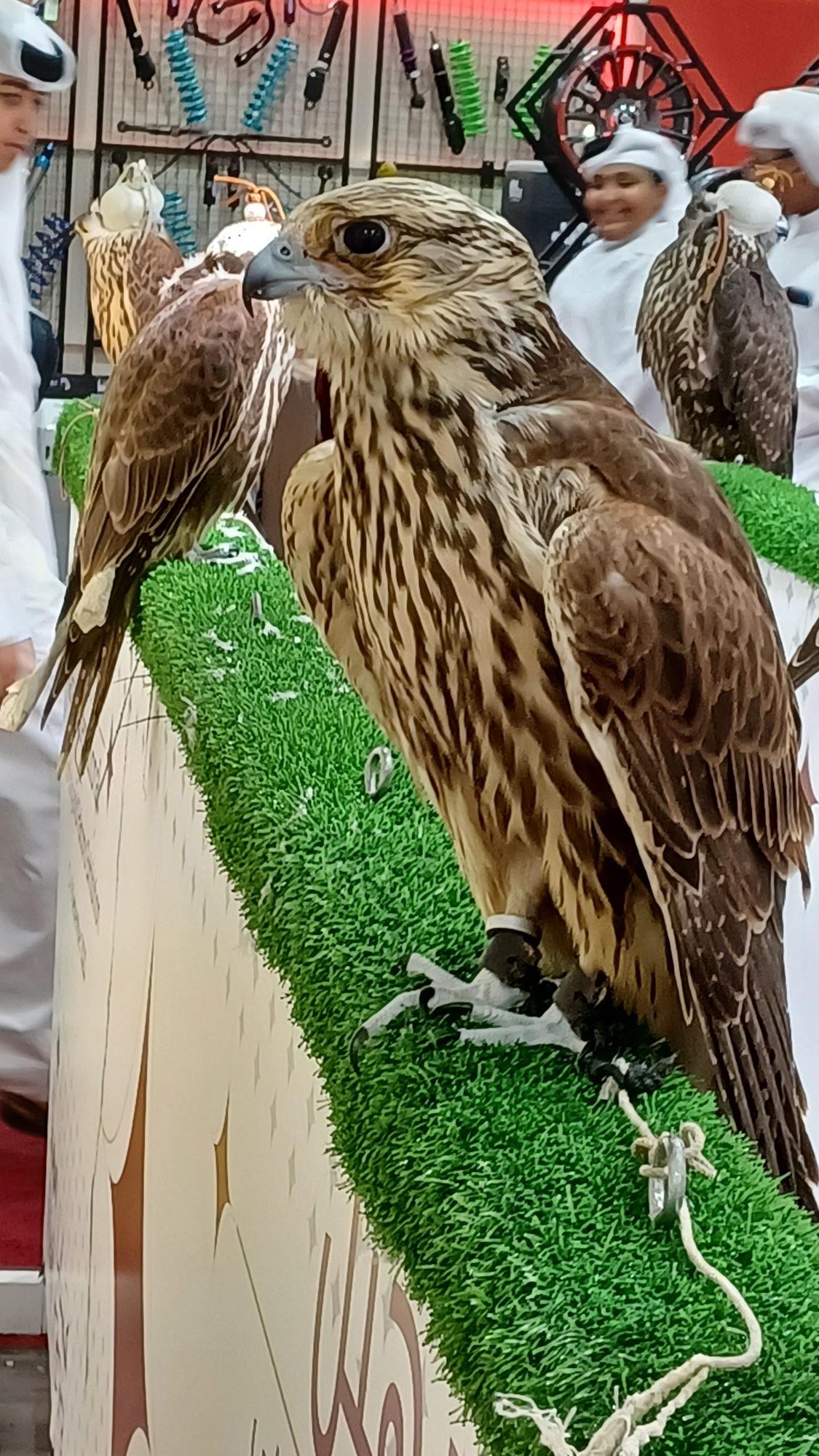
Given the falcon’s growing importance, there are dedicated falcon facilities like the falcon souq in Souq Waqif, the main traditional market in Doha. There are training sessions, falcon hospitals, breeding farms, specialist vets and of course, a slew of events to keep falcon enthusiasts happy.
Like S’hail 2023, these events give falconers an opportunity to display their falcons. The Marmi Festival is another big event. It’s held in January, and forms part of UNESCO’s List of Intangible Cultural Heritage of Humanity.
Hunting season opens in October, and you need a permit.
Falcon groups
The Al Gannas Association, founded in 2008, dedicates itself to traditional Arabic hunting and represents Arab hunters in regional and international competitions.
They are based at Katara, the replica cultural village where the international event is held annually every September.
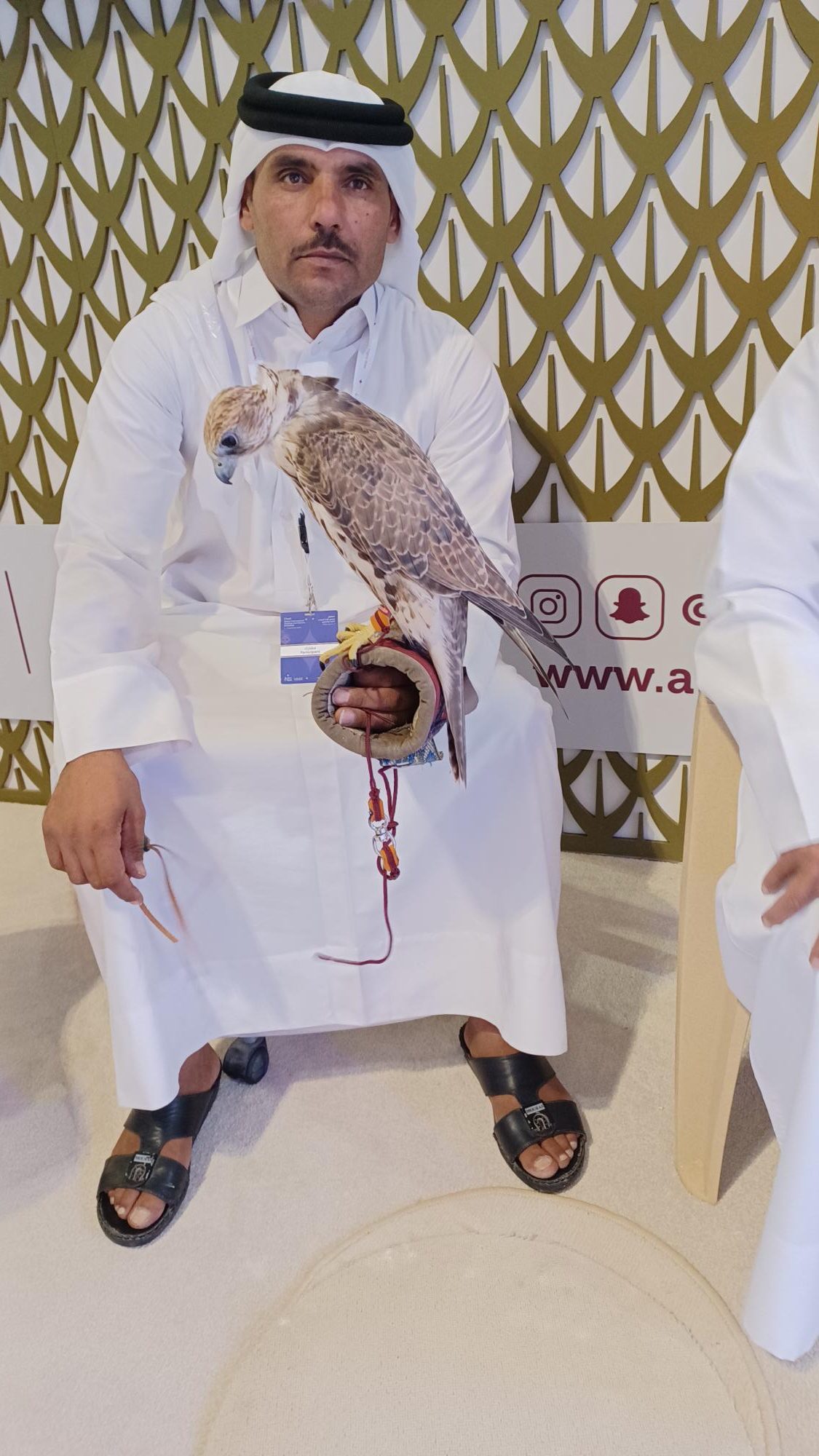
The building is a well-known landmark in Doha as its roof is styled on the leather hood or burqa worn by falcons as part of their training. It has a training hall and collection of stuffed raptors.
Falcon and their accessories
Dogs may have leads, jackets and beds, and cats collars, climbing apparatus and litters, but what of falcon accessories?
The list includes:
- Hood (burqa)
- IDs
- Leg rings
- Perch (wakir)
- Bells
- Leashes
- Gauntlets or gloves (dass)
- Anklets
- Hubara lure (tilwah)
- Micro chips
- Transport cases
- Tail mounts, and
- Bags
And, all in different sizes too. Some of these accessories are available in haute couture style. There is a competition for the best burqas. This year the winner won QAR30 000.
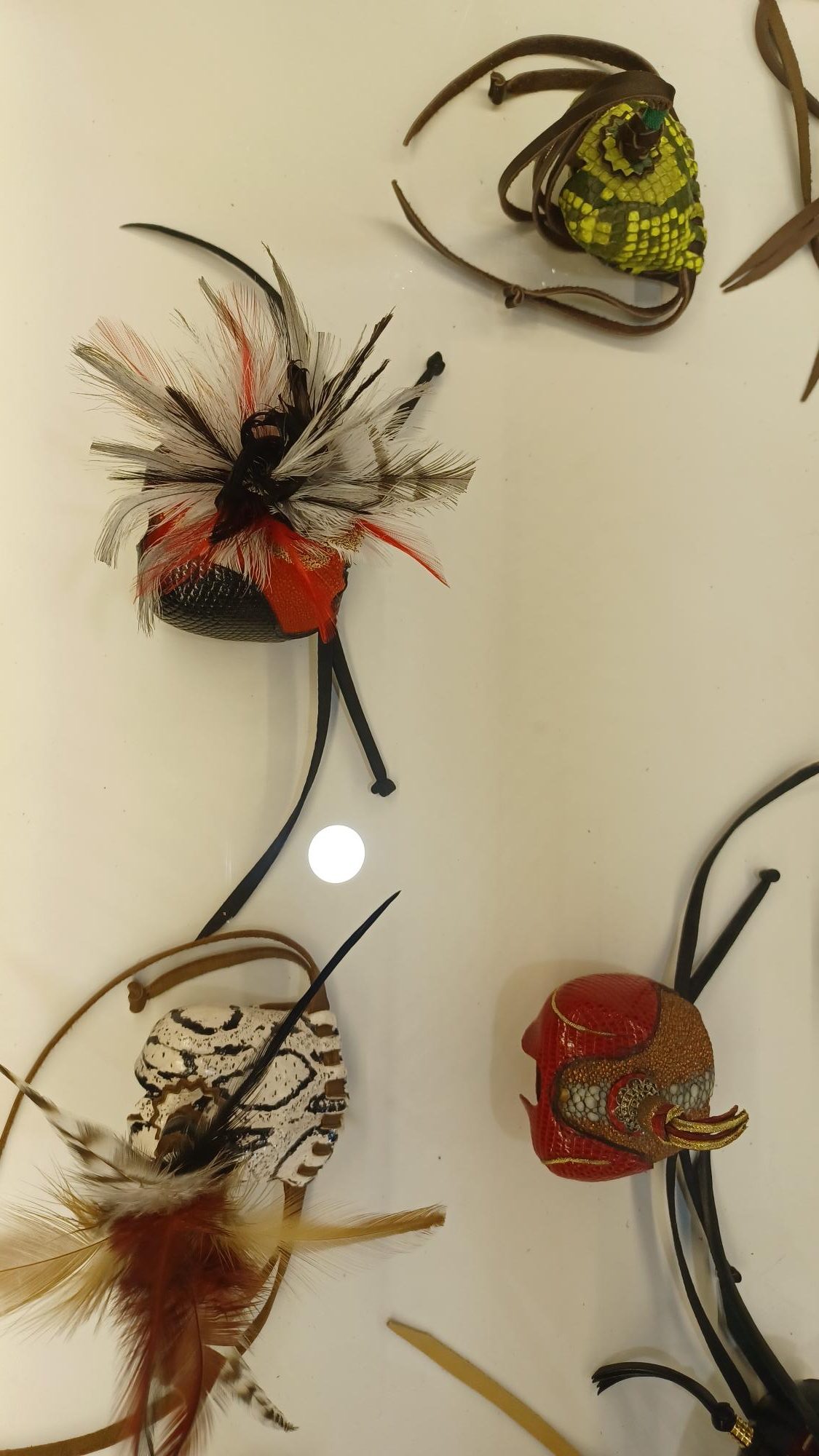
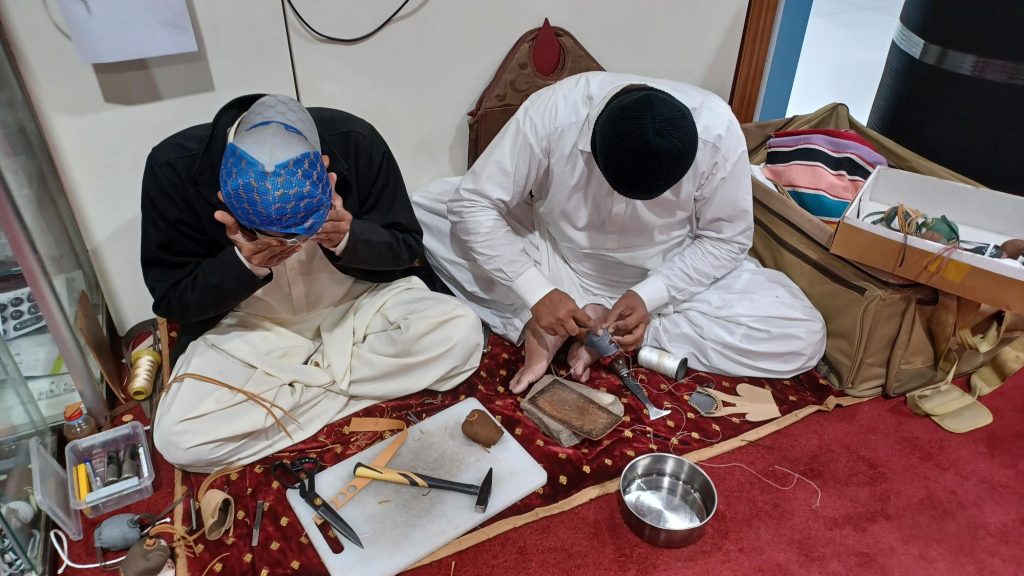
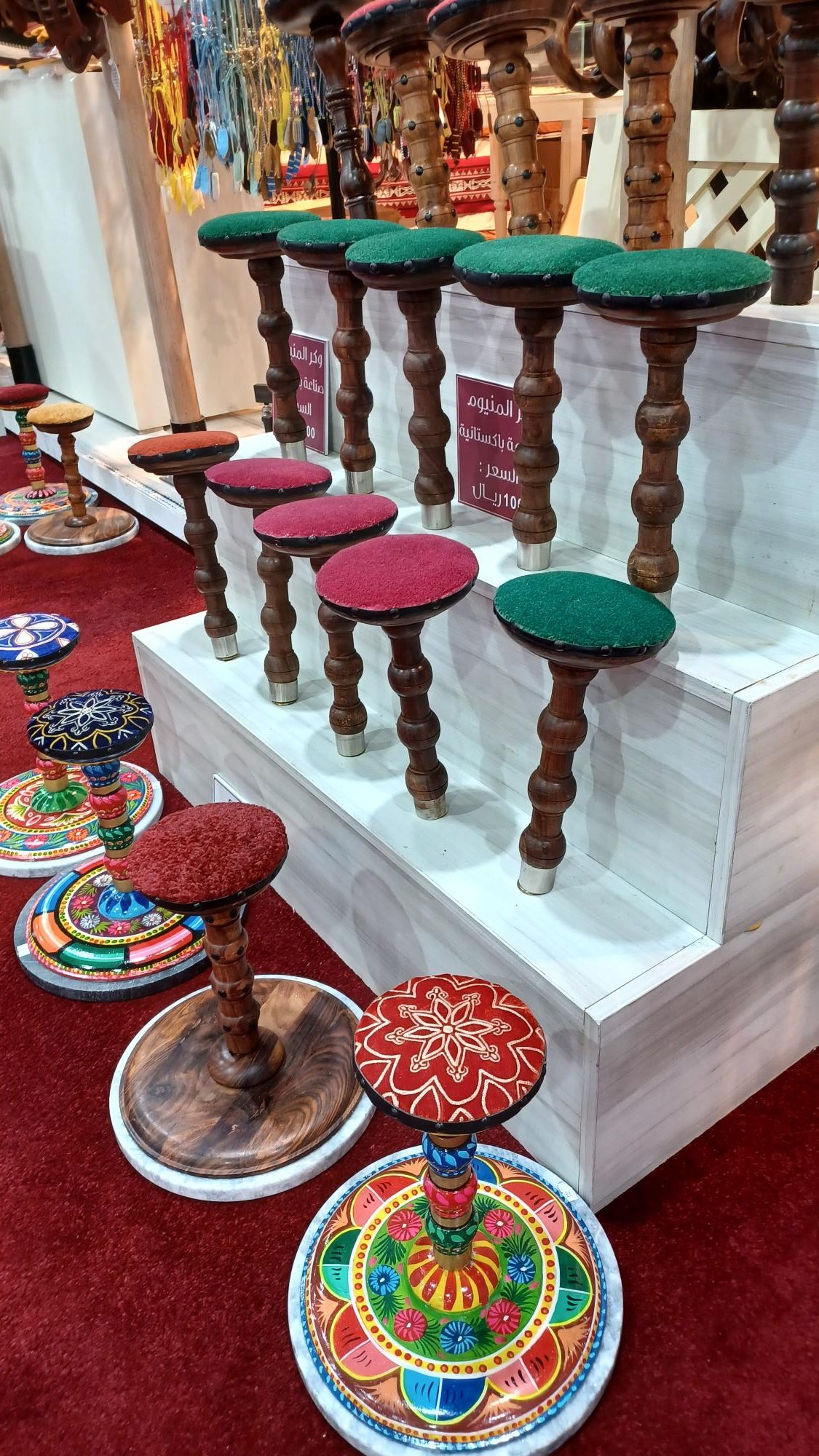
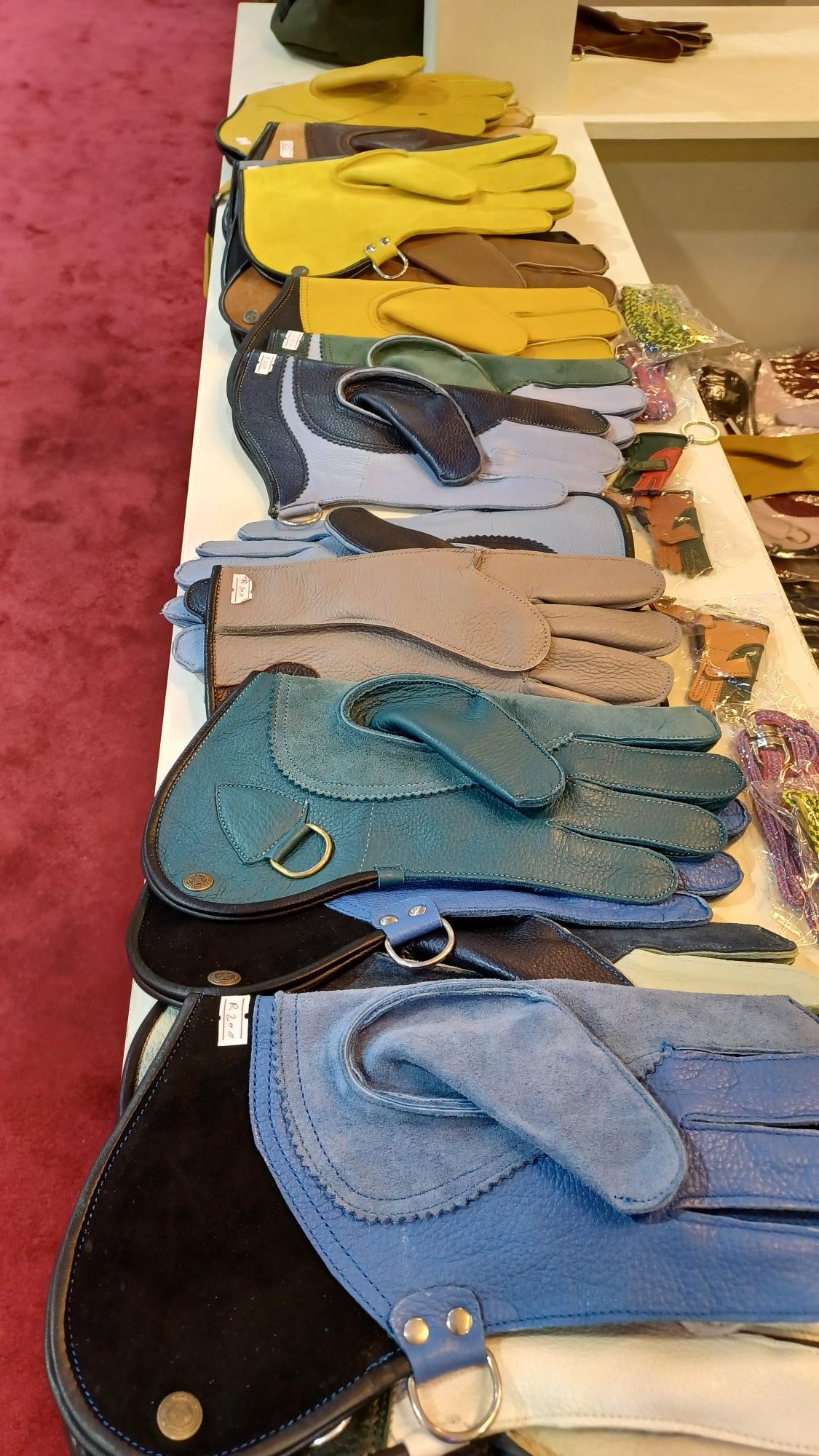
Falcons and their prey
Traditionally, two kinds of birds and a hare were hunted in Qatar using falcons: the Houbara bustard, the stone curlew and desert hare.
According to the Marhaba news article, back in the day, a portion of their catch would be fed to the falcon.
Nowadays, from what I can deduce there’s a lot of frozen supplies – as in rats and baby chicks – and the breeding of live prey. In fact, local centres and farms have dedicated breeding programmes to produce falcons, crows, hawks and other species. These form part of sustainability initiatives.
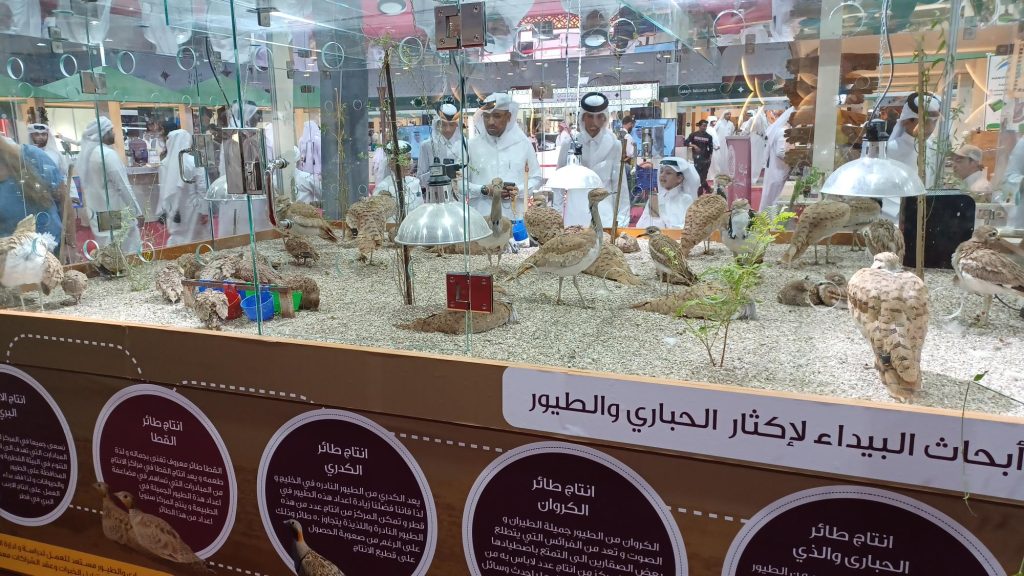
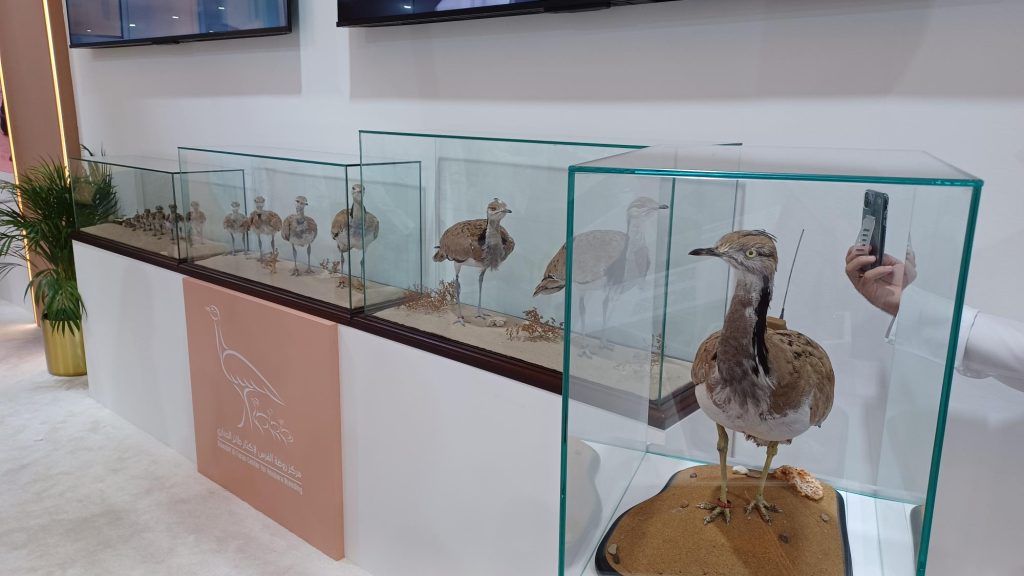
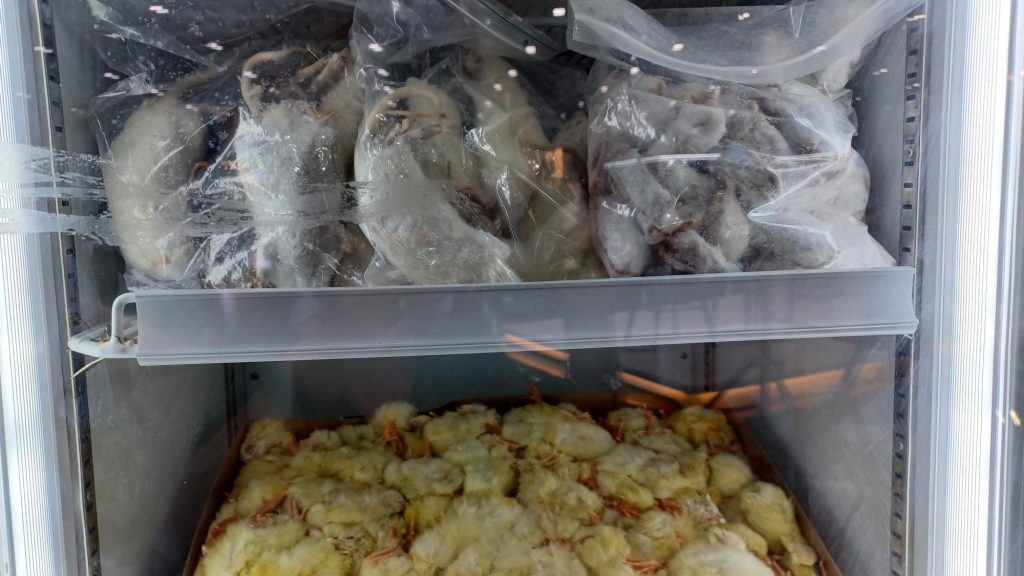
Falcons and their care
Just as dogs and cats, and other pets, are treated by vets, so there are vets for falcons. Some even specialise in caring for falcons, of which there are 39 species worldwide and four principal species in the Gulf.
Again, given this national obsession with falcons, the wellbeing of falcons is big business.
There’s a falcon hospital too at Souq Waqif.
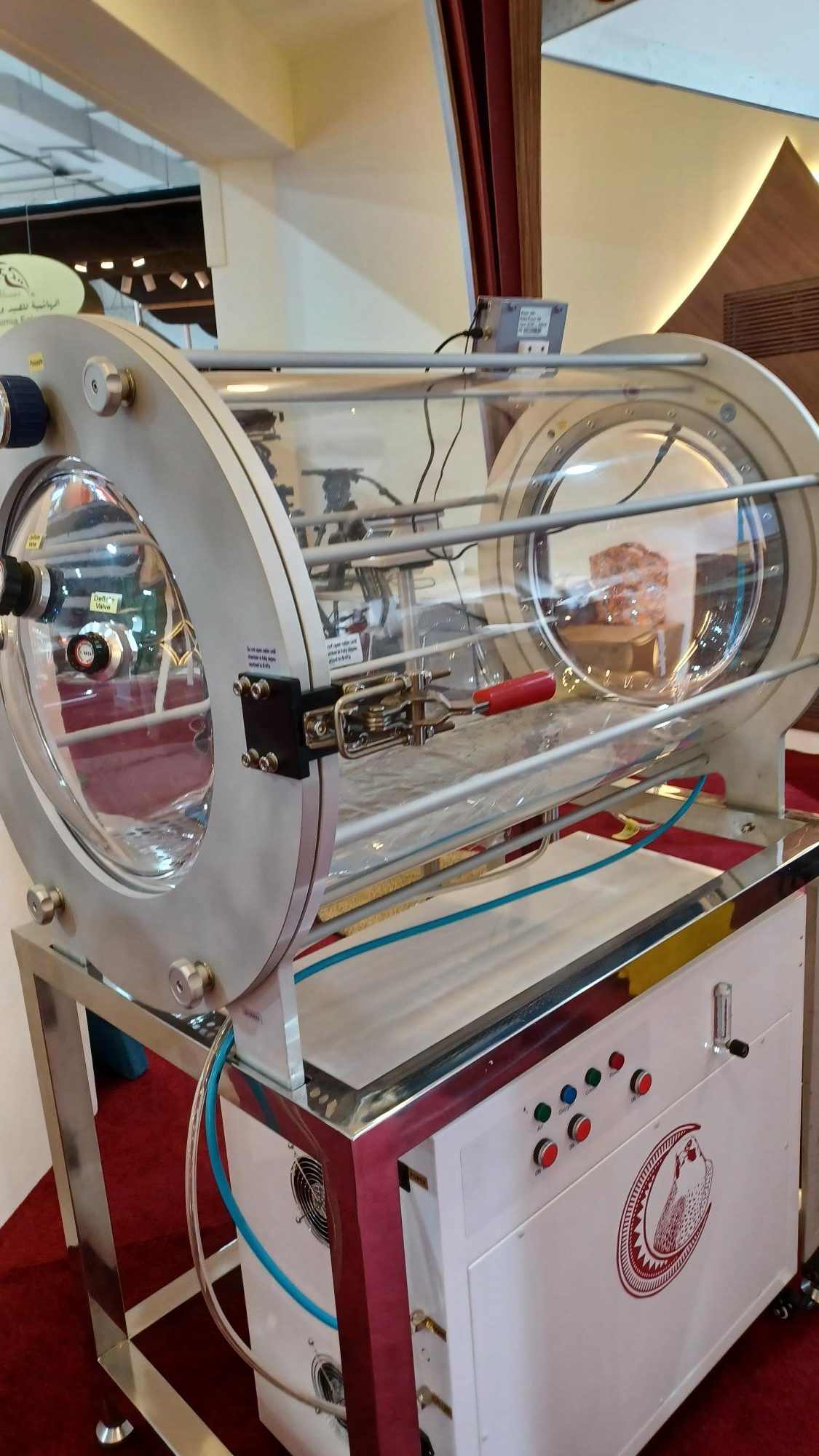
Falcons and their lifestyle
When falcons become part of your lifestyle, it seems you need a few add-ons.
And so, if there are hyperbaric chambers for birds, you can expect every creature comfort for their owners.
These “add-ons”, also known as the “and some” include everything from bird tracking technology to taxidermy trophies and overland desert vehicles to your own little piece of hunting hospitality, be it a ranch in the Middle East, game farm in African or a similar spoil anywhere else in the world.
This part of the exhibition was every bit as mind-boggling as the bird bazaar.
Methinks (and I sincerely hope), the pics alone will do the talking.
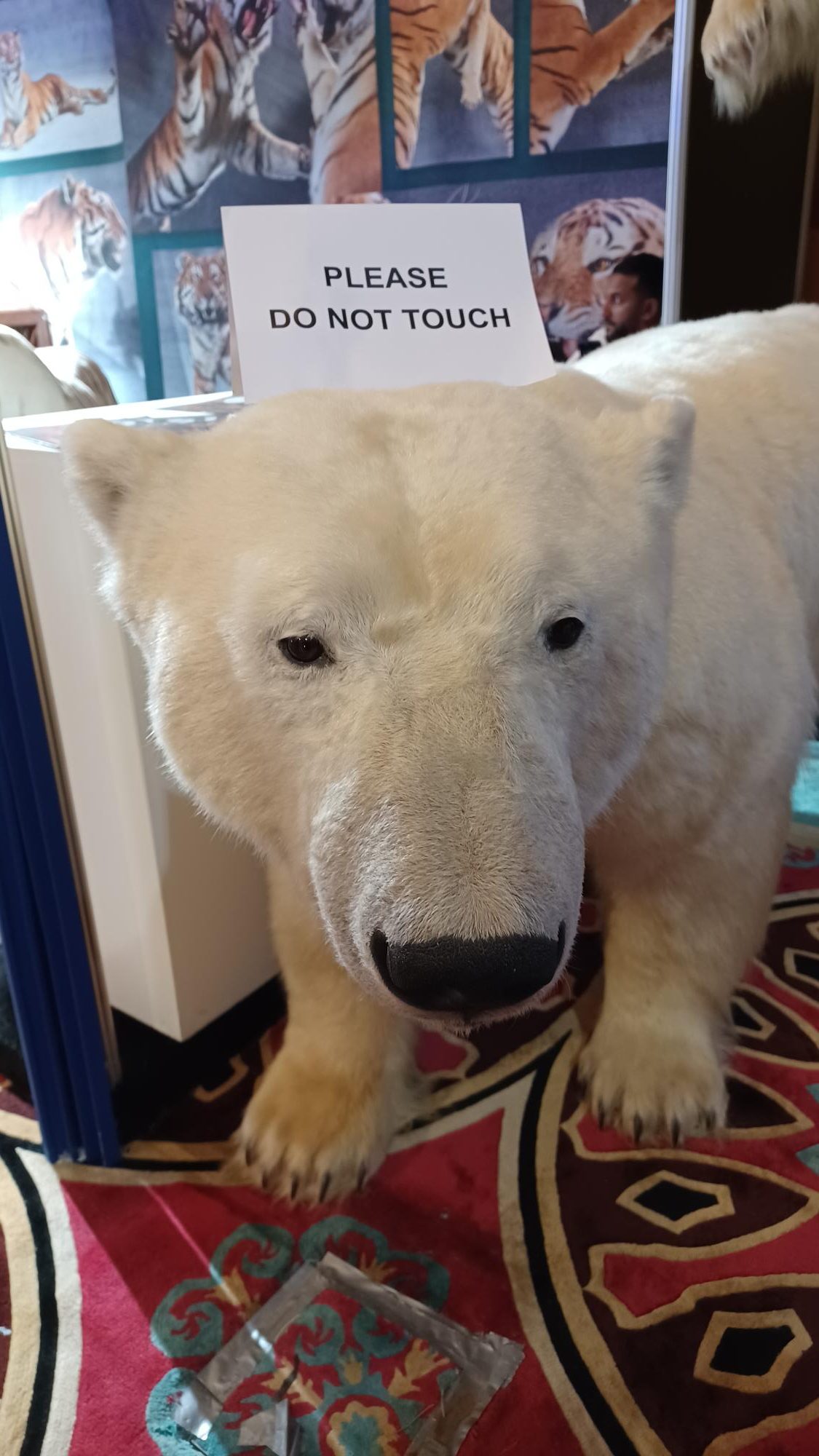
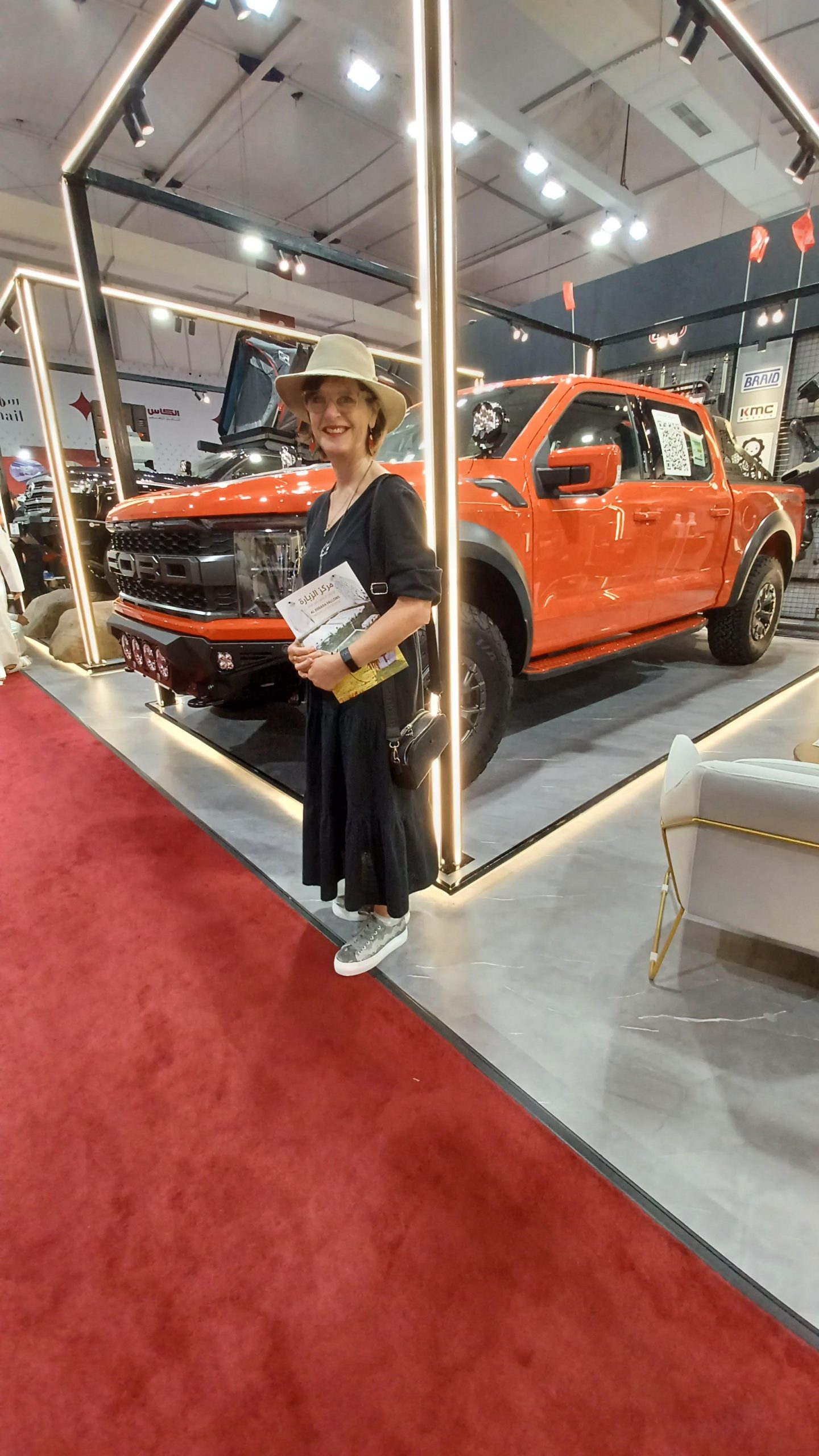
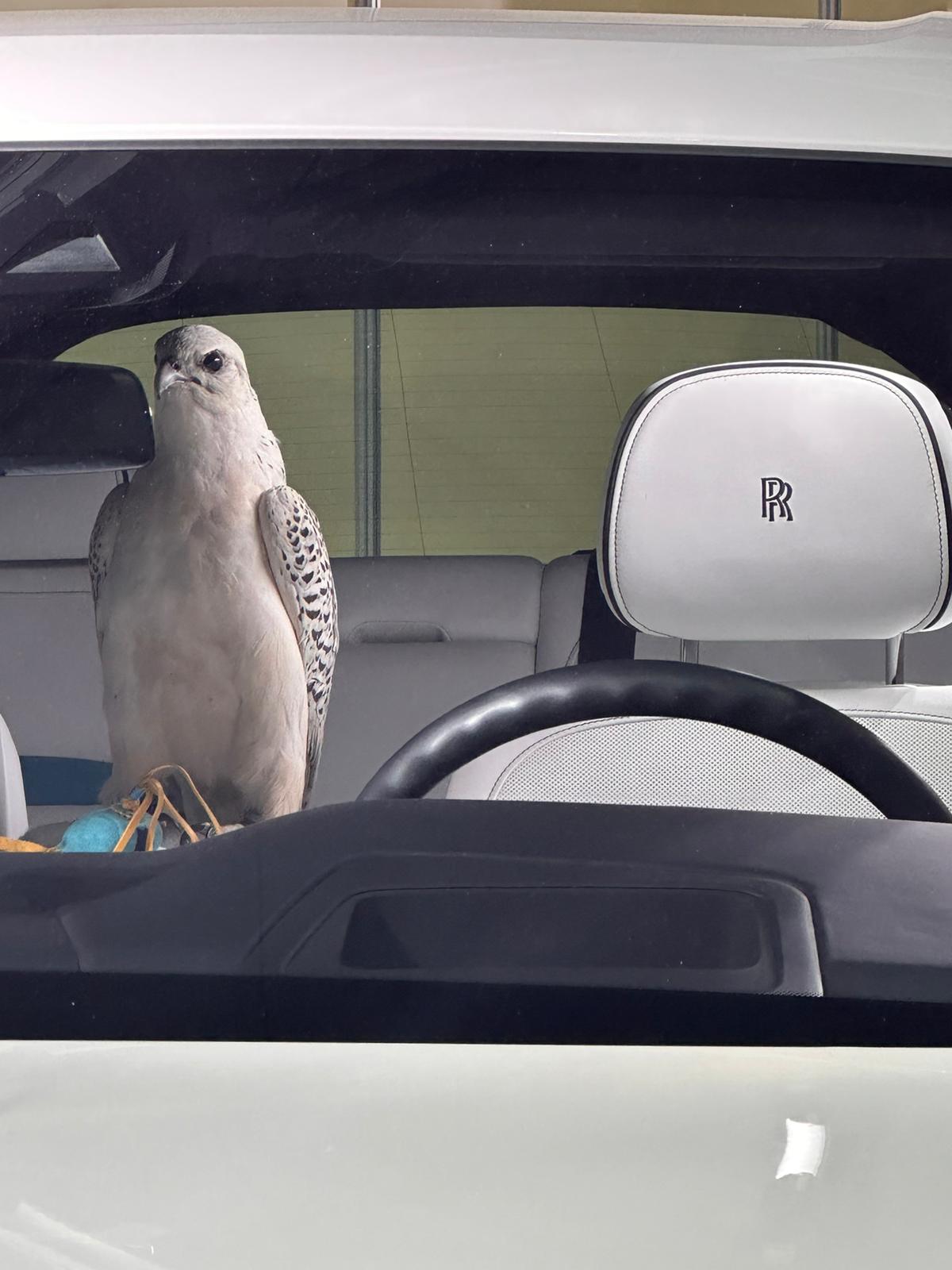
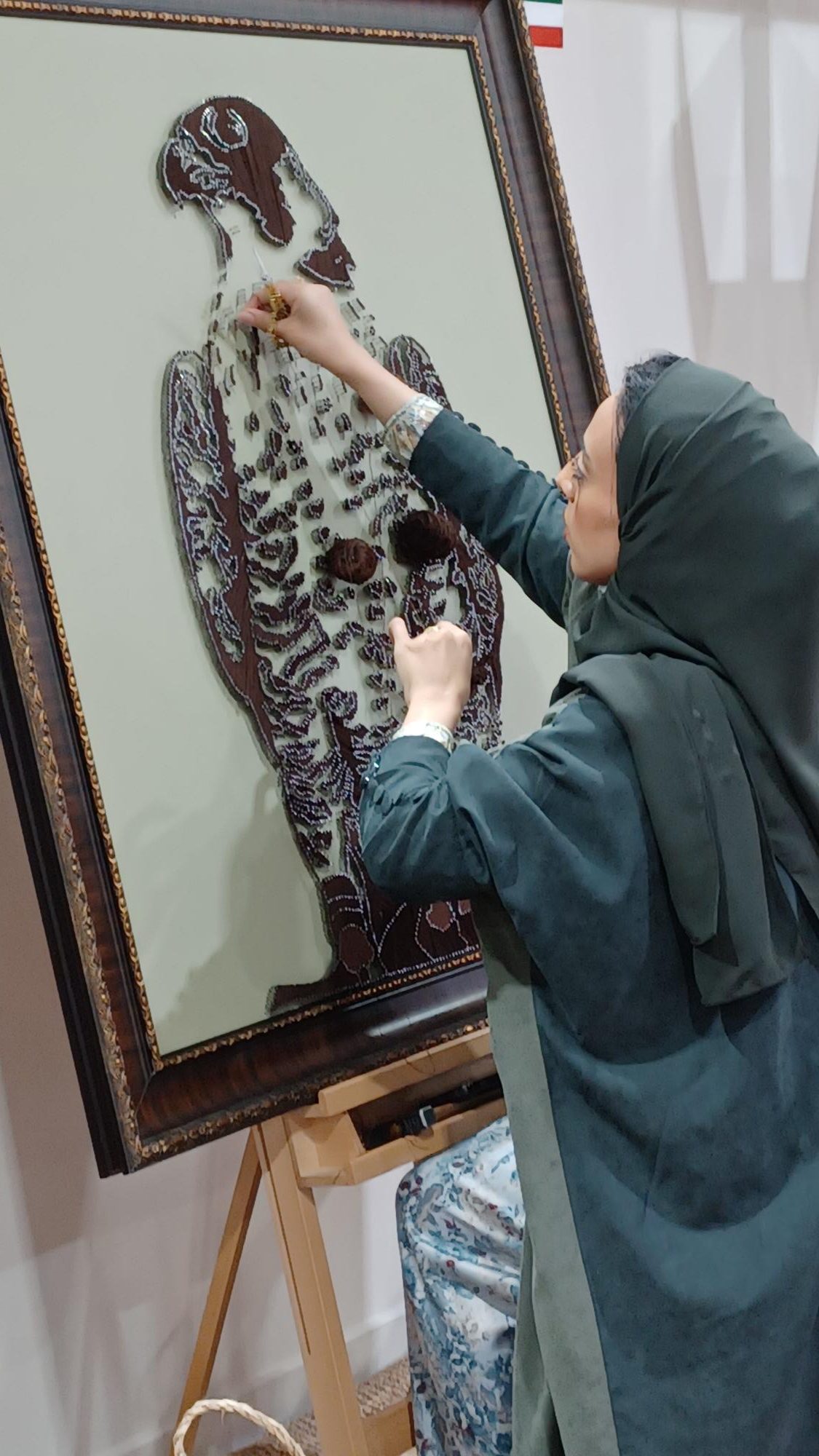
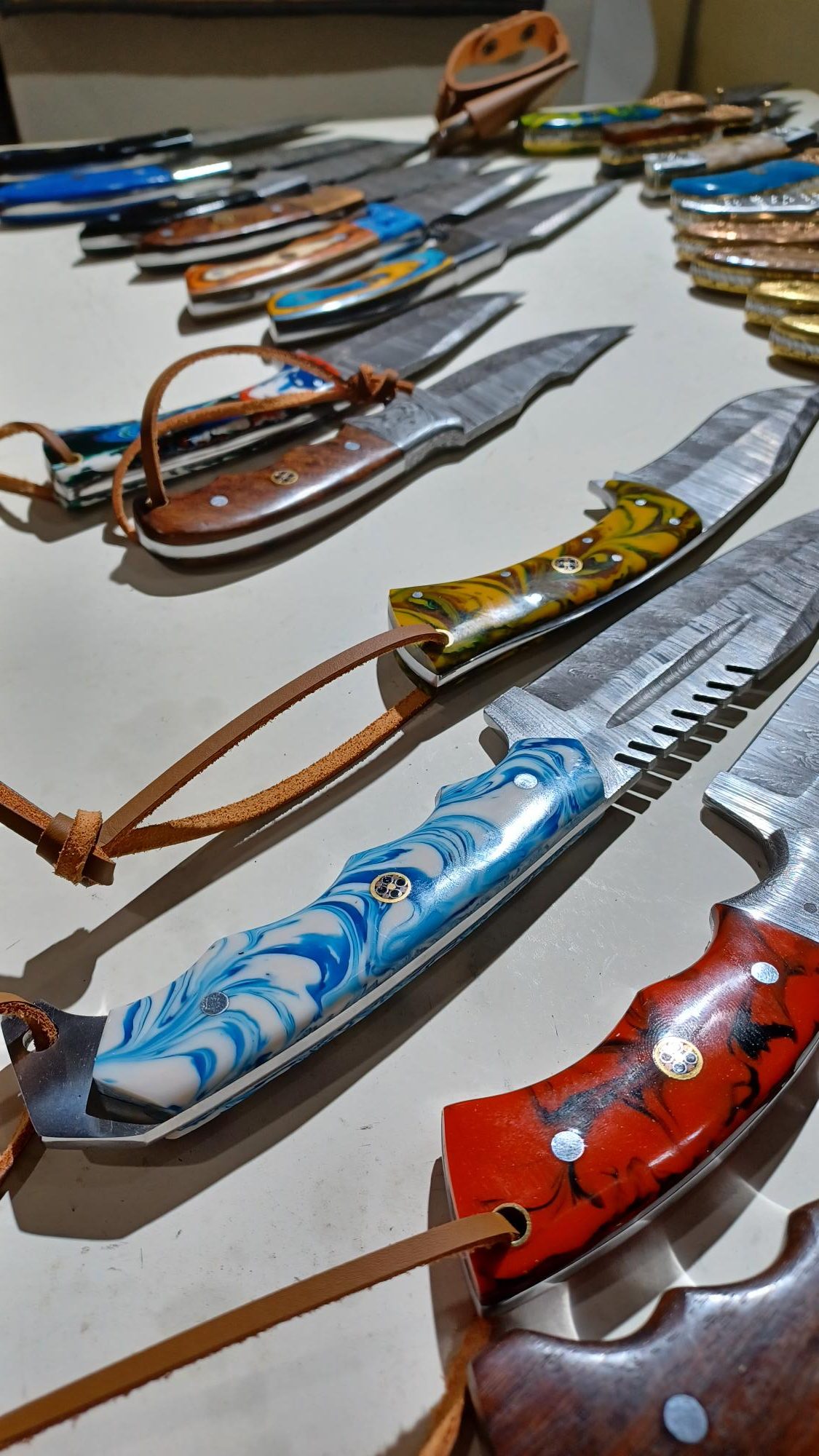
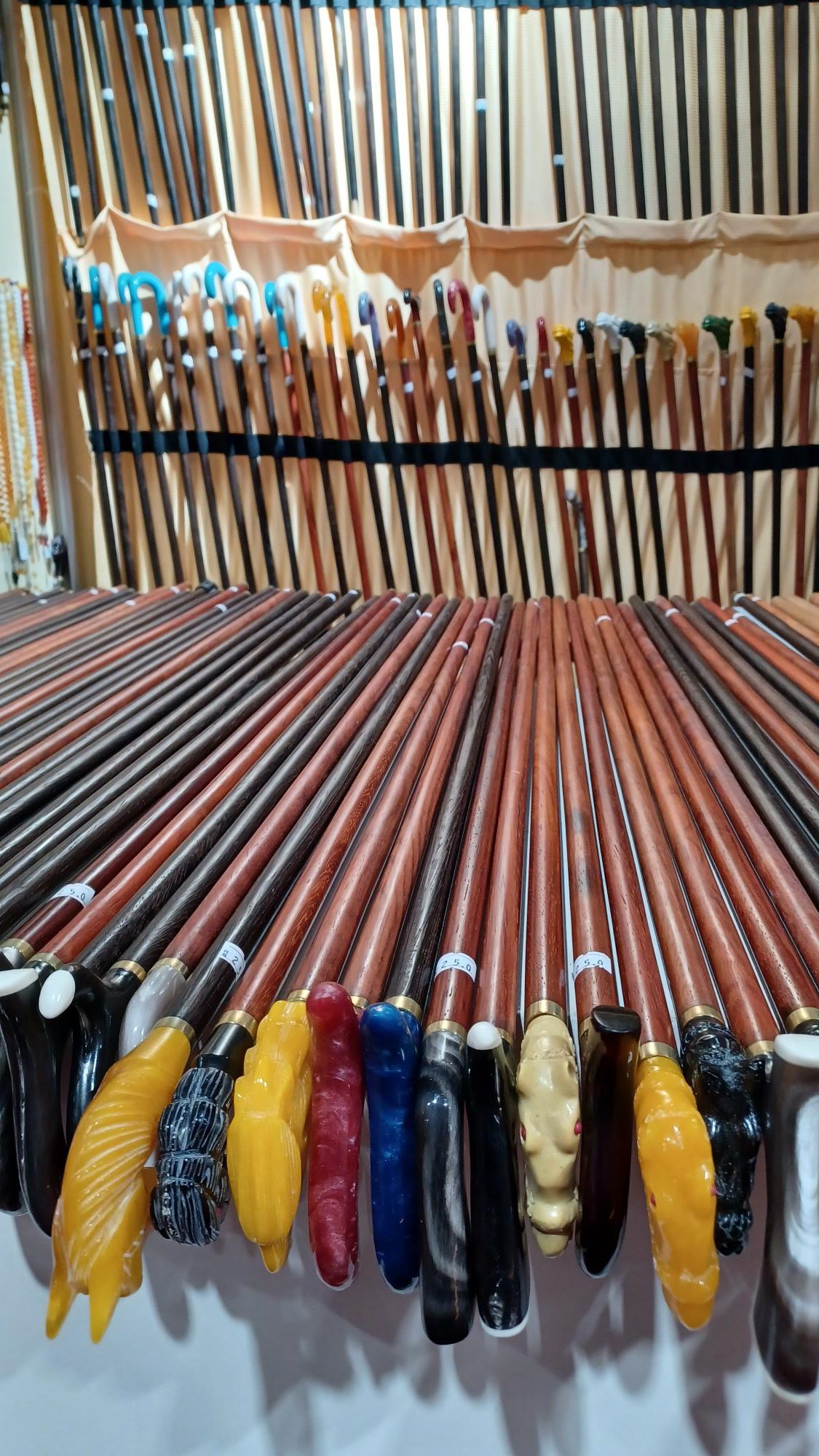
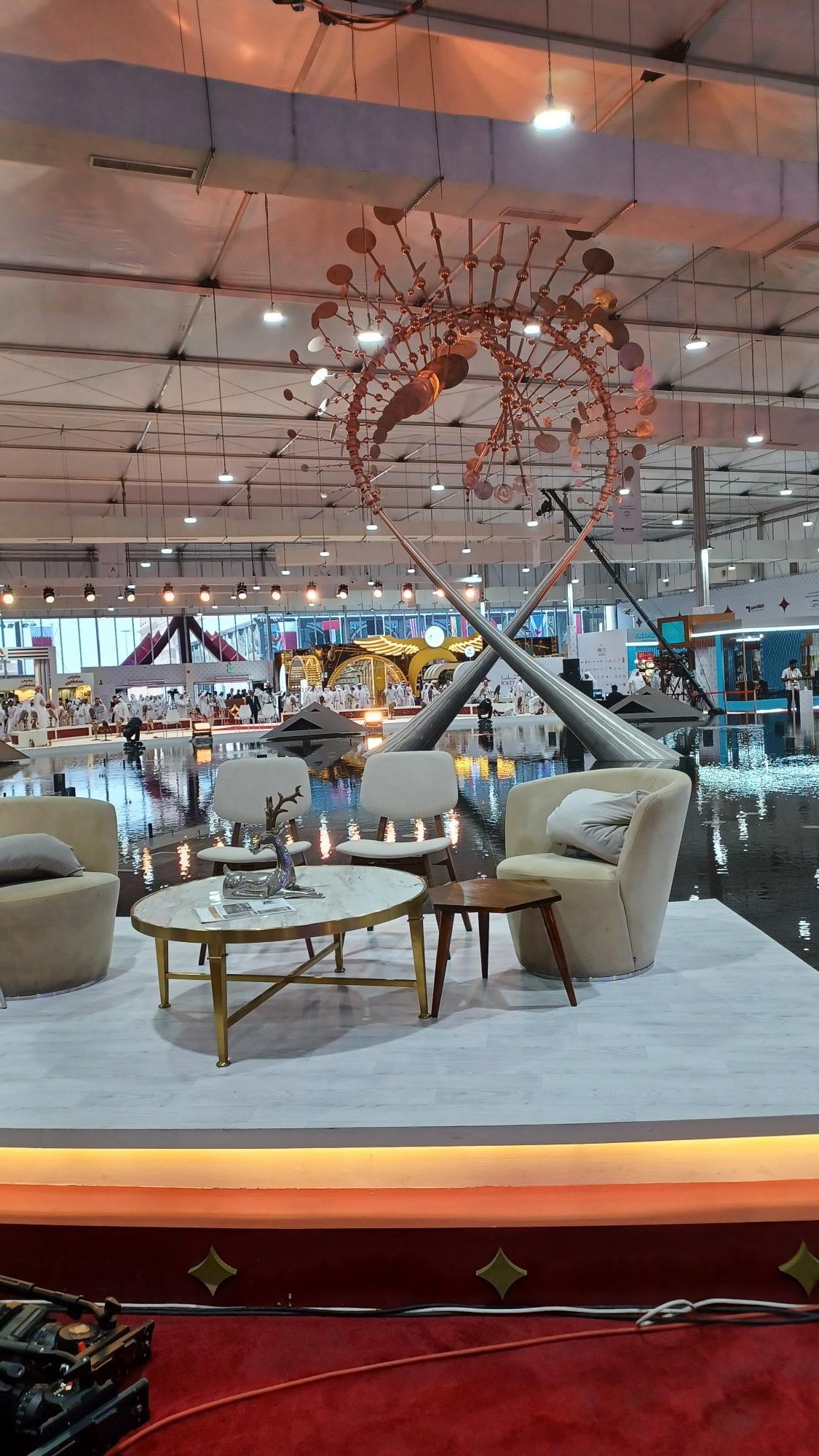
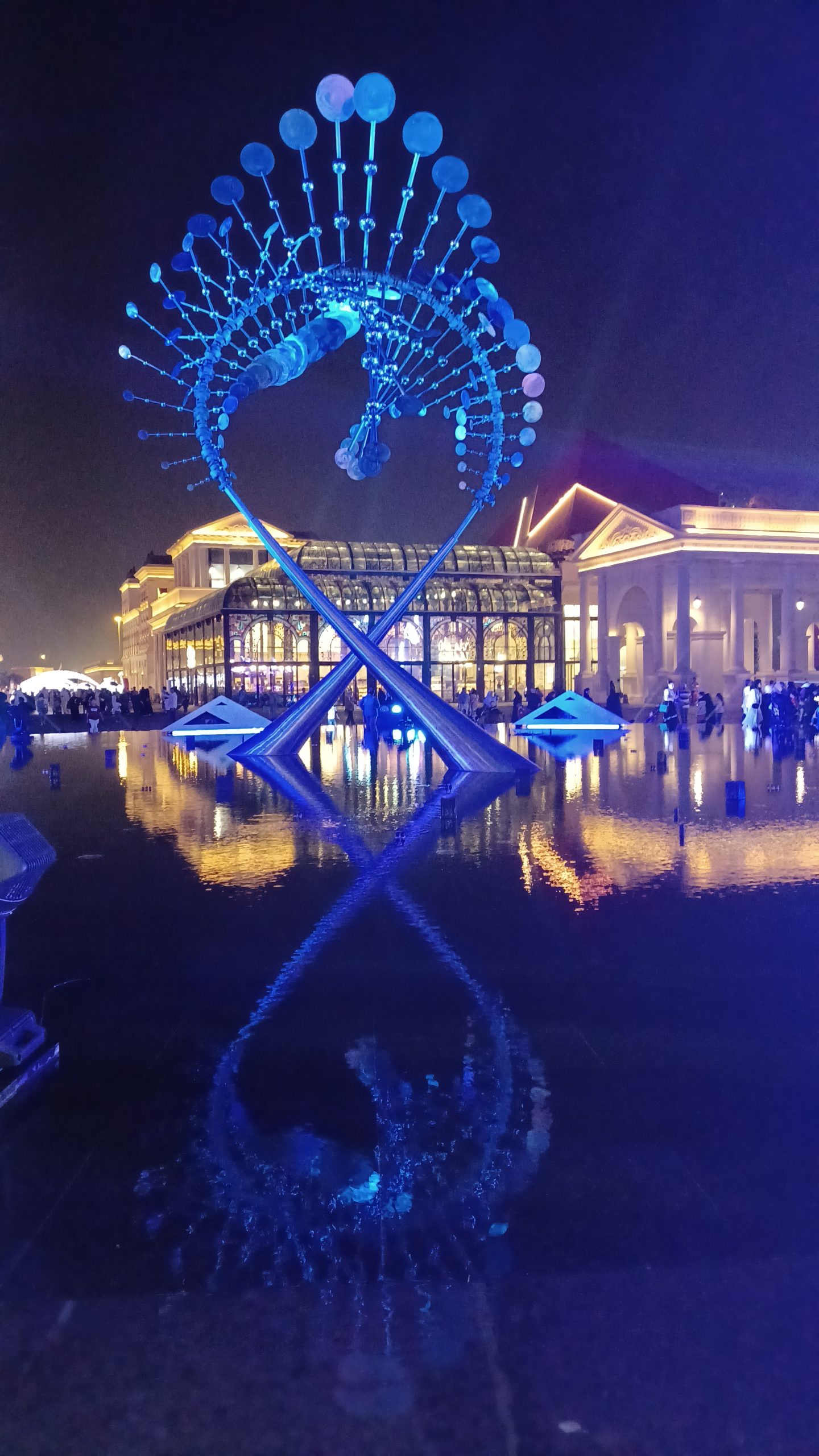
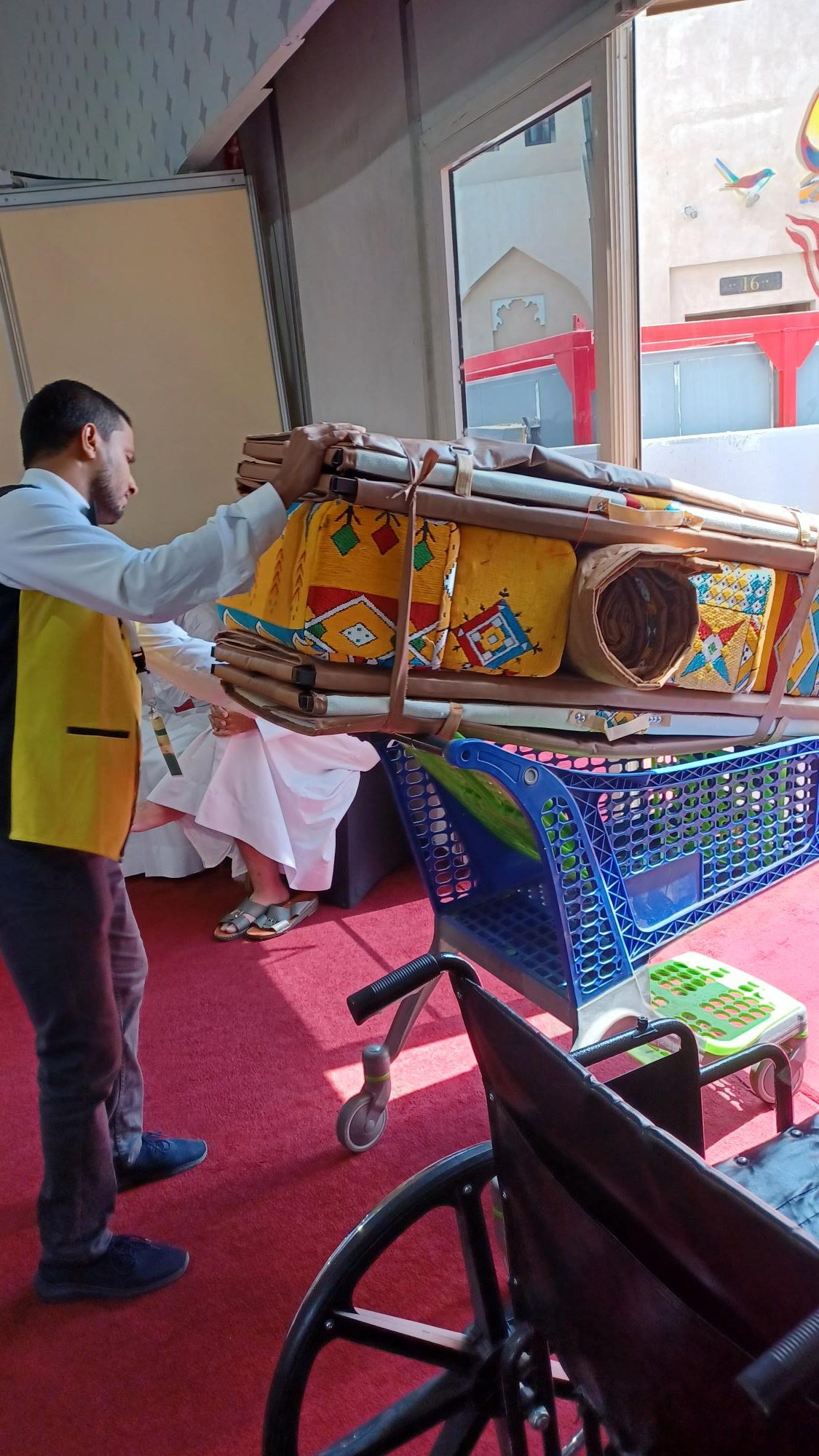

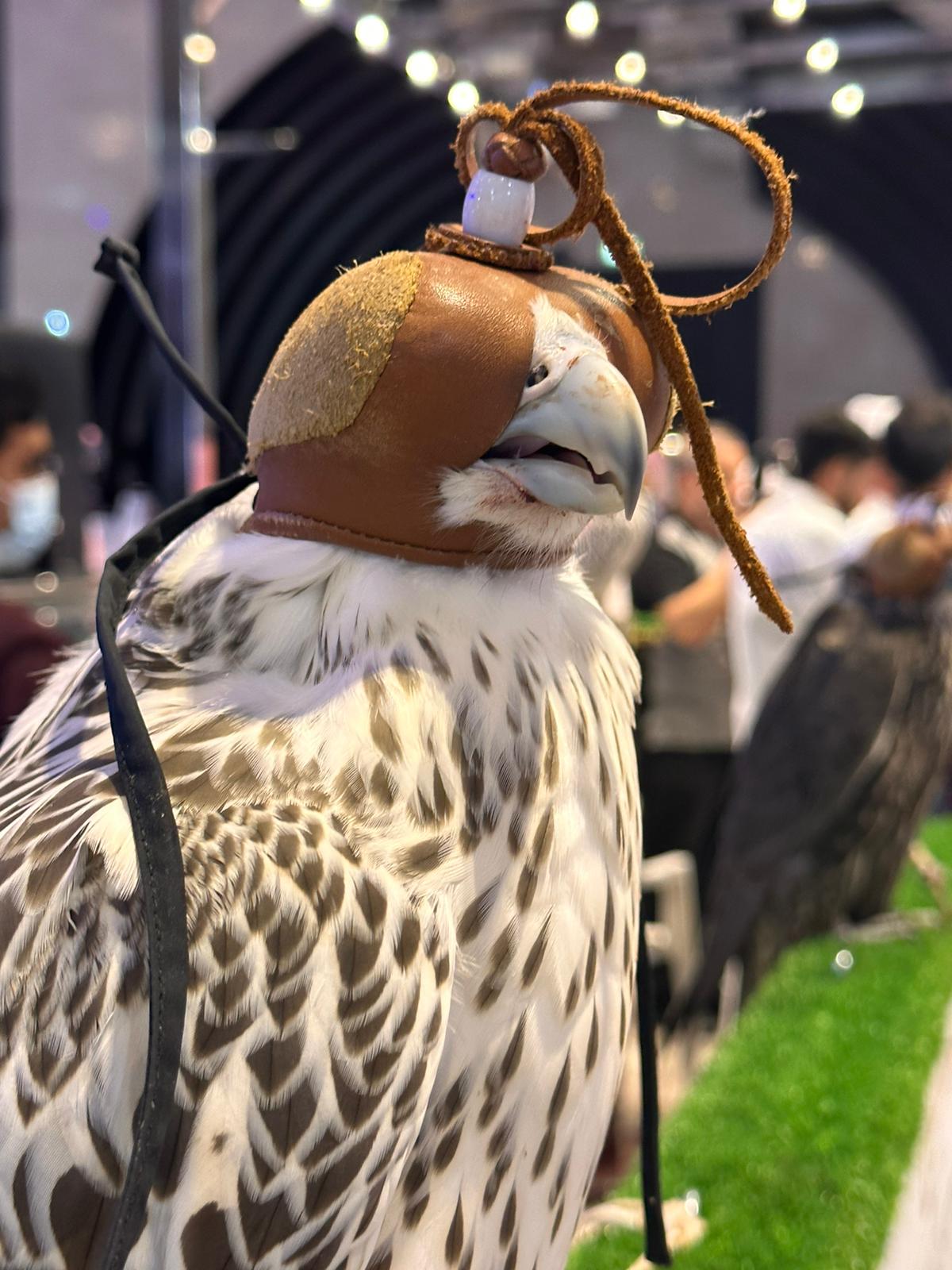

9 Responses
Wow love reading your stories, beautiful 😍, not that I remember all, beautiful insight, thank you
Thanks so much for sharing Debbie, I so enjoy your blogs. Love to you and Mark
Ann x
Ok so now I have learnt something! I had no idea of the extent of falconry!
Thank you Debbie for sharing all of this with us!
Fascinating!
Another fascinating article x
Absolutely fascinating!!!!
So interesting 🧐
Thanks Debbie.
Totally fascinating Debs!